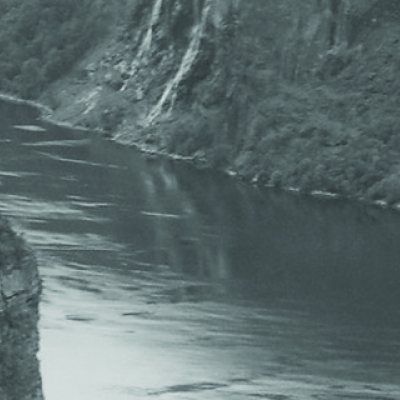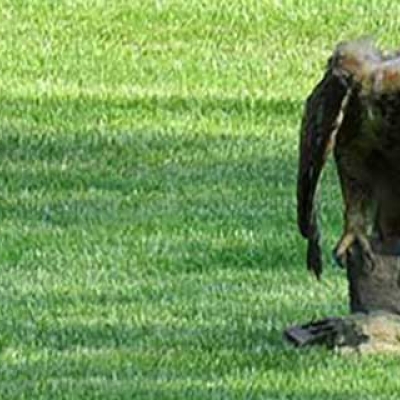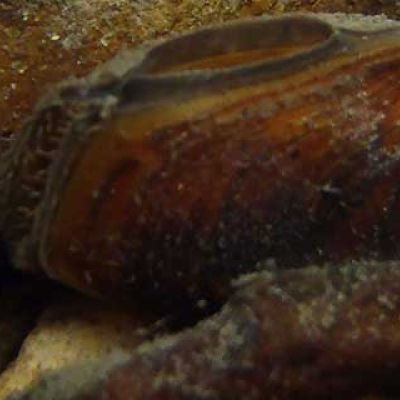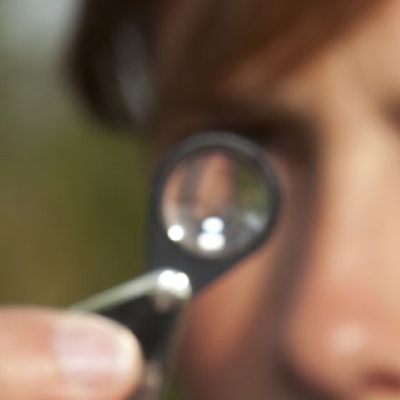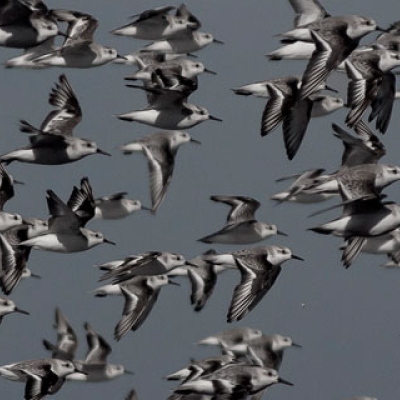"Biting the snorkel mouthpiece, I submerged my head through a layer of crisp-edged leaves and into another world.” So begins Abbie Gascho Landis’ discovery of an Alabama creek—and the freshwater mussels who call it home. Ranging in size from thumbnail to dinner plate, freshwater mussels have been filtering our rivers, streams, and creek beds for millions of years, and, as Landis learns, have much to teach us about ecology, freshwater systems, and our relationship to the natural world.
